The cover of Dear Wild Child immediately catches your attention. It’s the silhouette of a young girl whose long hair is whishing in the wind. Inside her head’s outline are the shapes of a forest in the grip of autumn’s peak with cabin shapes that are inlaid where her eyes, nose, and mouth should be. It’s a nature person’s Picasso, with just a hint of mystery-and that’s just the cover. Once you open Dear Wild Child and start reading it you’ll find a story about nature, family, and loss. This illustrated book also has a curve that readers aren’t expecting.
That curve is one that threw us initially and gave us an odd feeling. However, upon further thought, and backing up to get a bigger perspective, it’s a story that has the ability to speak to kids on a couple of levels. We’ll give you an overview of the book and let us know if the book speaks to you, or only serves up that niche that we saw momentarily.
Dear Wild Child is by Wallace J. Nichols and Wallace Grayce Nichols with illustrations by Drew Beckmeyer. It opens with a young family picking out a lot for a house that’s located near the bend of a creek. It’s deep in the woods, surrounded by trees, and quickly becomes the place where their family makes memories. The child plays in the stream, the house hosts lots of parties and stands through dozens of seasons. One night a massive lightning storm sparks several wildfires that burn acres and acres of forest, including the space that the house stood on. We see a charred footprint of where the house was, the same silhouette that graces the cover, except this time without the house, and a young adult. She’s looking out over a vista where she’s able to see a large body of water and the acres of rolling hills where the trees used to live.
We’ve never lived in the woods, nor had our house destroyed by a wildfire. Initially, I thought that Dear Wild Child was a bit self-serving and was a story that only those who had experienced those two life instances could relate to, but then I thought about it.
The art in Dear Wild Child is gorgeous. It’s got that rough, crayon-and-pencil appeal that will suck in elementary school ages. It has that appeal, but it’s produced at a high level. This isn’t the artwork that your fourth-grader would make. The pages are also very detailed and ramble on in a manner that makes readers touch the pages to see where the young girl is going to play or follow the numerous background elements.
While I haven’t been the victim of a forest fire, I have had loss or disappointment. Even by fourth-grade most kids have had something that’s been lost, either a physical thing or some aspect that has hurt, and that they’ve had to come back from. The real-life curve ball from the book creators is that the house in question was burned to the ground the day after the youth in the story went across the country to attend university.
That fact is revealed in a letter at the end of the book where Nichols explains that angle of the story. Ah, so it’s a very particular story, that has elements that anyone who’s ever loved a place or a thing can relate to, got it. Once I read that letter I reframed what I thought about the book, taking into consideration my enjoyment of the art and the newly found fact that the book was out to teach kids about overcoming instances of tragedy. It’s a lesson that’s so sublimely imparted to the elementary school audience in Dear Wild Child that some older readers might totally miss the point.
Dear Wild Child is by Wallace J. Nichols and Wallace Grayce Nichols with illustrations by Drew Beckmeyer and is available on Cameron Kids, an imprint of Abrams Books.
There are affiliate links in this post.

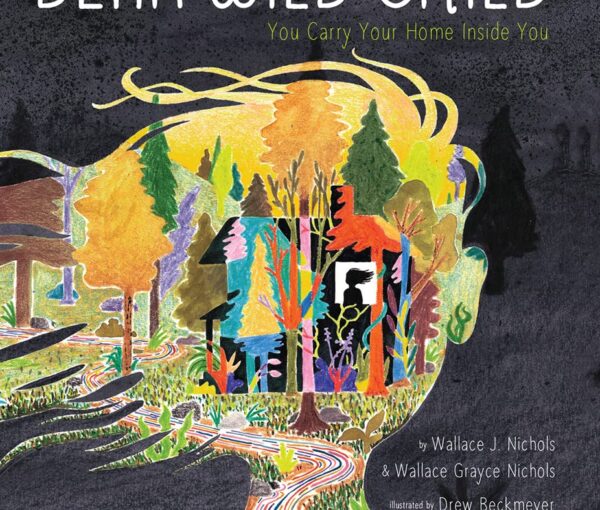
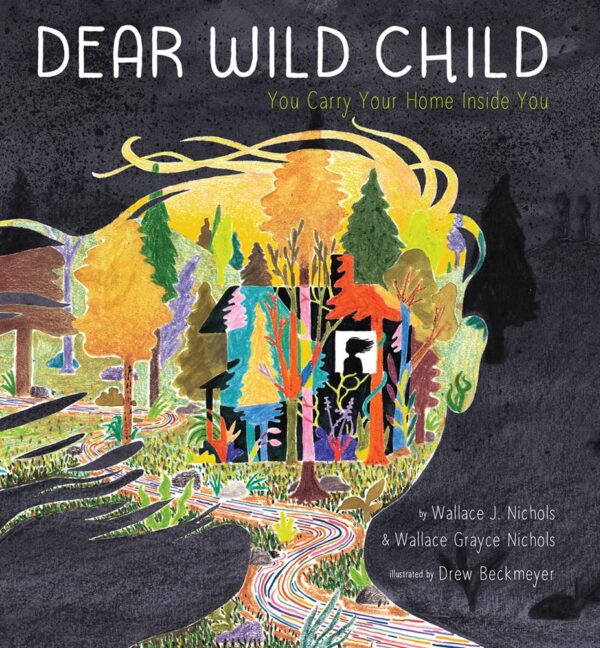
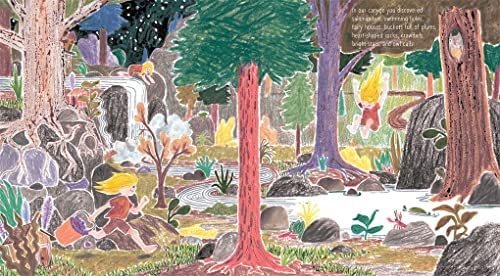
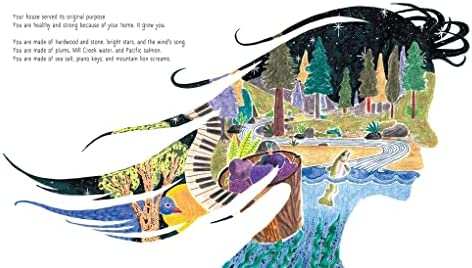
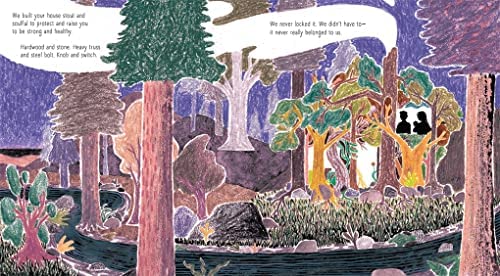



 Facebook
Facebook Twitter
Twitter Flickr
Flickr GooglePlus
GooglePlus Youtube
Youtube